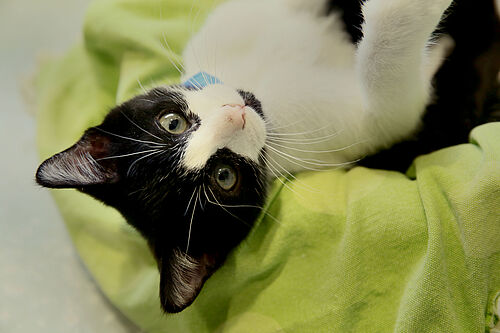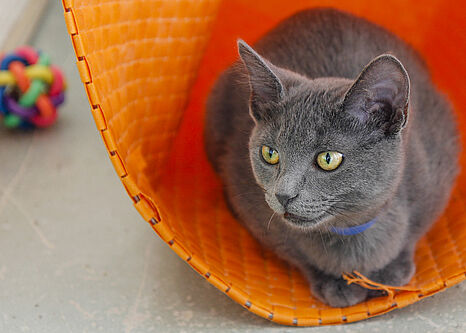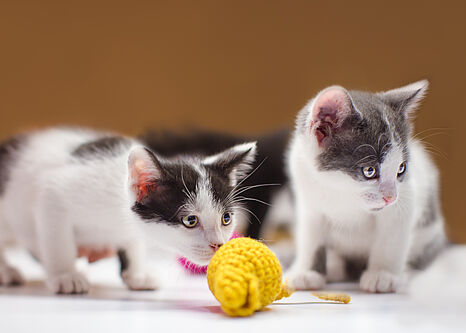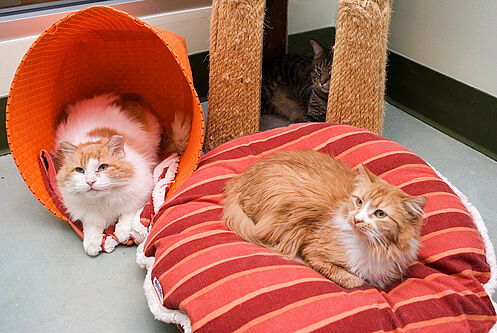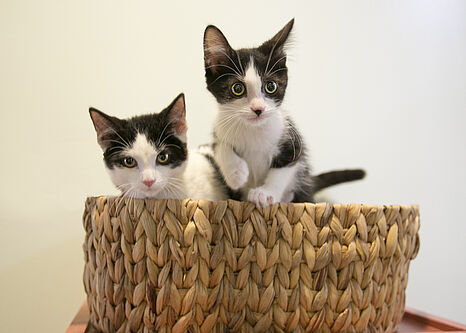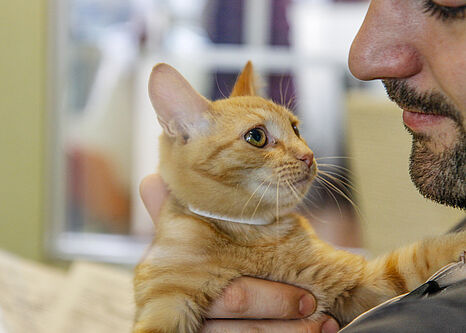Understanding Cat Behavior
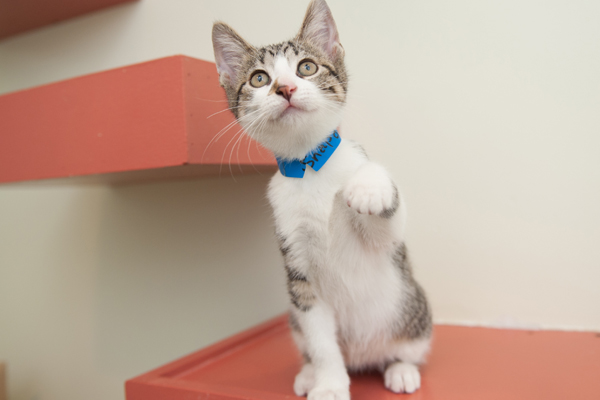
A key step in developing a strong relationship with your feline friend.
Cats become confident, motivated members of their household when they feel confident in their ownership of their territory and they feel like they have a job to do in that territory
A confident cat is proactive, while an unconfident cat is reactive. Confident cats have objectives and tasks to complete, while unconfident cats simply react to things happening around them.
Each cat is unique, but a cat’s behavior typically falls into one of three categories:
The confident owner of territory. This is the cat that walks into a room, chest held high, tail in the air, with a relaxed posture. He comes right up to you, gives you a little head butt, weaves in and out of your legs and gives you sweet eyes. He’s a picture of territorial confidence. He is owning his territory actively, confidently and in a relaxed way. His confidence comes from knowing everything he has is safely his.
When you encounter this guy, his ears are forward; he’s glaring at you with eyes zeroed in just a little; and he’s crouching down in an offensive, sometimes even aggressive posture. He’s thinking, “Who are you, and what are you here to steal?” He may even lie across the doorway to ensure you’ve got to step over him. Sometimes he urinates on things because he doesn’t trust his ownership of the territory—he needs to mark it. Anyone who doesn’t confidently own his territory overowns it. Overowning is reactive, not active.
This is the cat hanging back against the wall, never walking across the middle of the floor. He is saying, “I don’t own this. You must be the owner. Okay, fine, I’m not looking at you, I’m just going to the litter box over there. I’m just leaving. Don’t mind me. Goodbye.” Like the Napoleon Cat at the other end of the confidence pendulum, the Wallflower Cat is also anti-mojo because hiding is reactive.
Your goal is to help your cat be his version of Mojito Cat. This means acknowledging his tendencies and easing his anxieties.
The information in this section will help you do just that by first helping you understand your feline friend.
Source: Special thanks to Jackson Galaxy for his contributions.

